T4K3.news
UK electric car grant reshapes EV buying
A government grant offers up to £3,750 off new EVs built with sustainable practices, but complex rules create consumer confusion and market effects.

A government grant offers up to £3,750 off new EVs built with sustainable practices, but complex rules create consumer confusion and market effects.
UK electric car grant reshapes EV buying
The Electric Car Grant (ECG) offers up to £3,750 toward the price of new all-electric cars that cost £37,000 or less and are produced with low carbon methods. The cash cut depends on how green the car’s manufacturing is, with two bands tied to manufacturing sustainability verified by the Science Based Targets initiative and the carbon intensity of the grid where the car is assembled and its battery produced. At present, Renault, Nissan, Citroen and Vauxhall have models confirmed for the ECG, with many of these eligible for the £1,500 level while a smaller set may reach the £3,750 level. The government says the ECG will make owning an electric car cheaper and easier for thousands of buyers. The online list of eligible models is being updated as manufacturers apply and approvals come in, a retroactive approach that has left shoppers in a state of waiting and hesitancy.
The system requires manufacturers to apply for ECG eligibility and be verified by the Science Based Targets initiative. The government assesses the carbon intensity of the electricity grid in the country where the vehicle is assembled and the battery is produced. Officials have warned that cars assembled in China are unlikely to qualify due to the heavy use of coal-fired power, a decision that could tilt discounts toward European brands. With approvals rolling in at different speeds, buyers face a drip-feed of eligible models and frequent changes to the discount landscape as makers offer their own incentives as well.
For buyers, the ECG is not a guaranteed shortcut to cheaper EVs than petrol in every case. Even with the discount, some models may still be pricier than their petrol counterparts, so running costs and charging options matter. The economics can improve with home charging, where a typical setup costs around £800 to £1,000 to install, and off-peak tariffs can significantly reduce the price per mile compared with petrol. Public charging costs vary and can affect total ownership costs. In July, EV sales cooled somewhat while automakers face a mandate that requires a rising share of new cars to be electric, shaping how discounts influence buying decisions.
Key Takeaways
"The ECG will make owning an electric car cheaper, easier and a reality for thousands more people across the UK"
official government claim about the grant
"Manufacturers must hold a Science Based Target, verified by the independent Science Based Targets initiative"
eligibility criteria
The ECG aims to marry climate policy with consumer incentives, but its complexity risks undermining the goal. A retrospective eligibility process and staggered updates create uncertainty and invite second-guessing from buyers who might otherwise convert to electric sooner. The policy also exposes a tension between regional manufacturing standards and a global supply chain, raising questions about who benefits when production moves offshore or relies on coal-powered grids. To be effective, the ECG needs clarity and speed: publish a fixed list of eligible models, streamline approvals, and align incentives with real-world running costs rather than headline discounts. In that light, the scheme could help expand EV access or become a paperwork drag that delays adoption and augments distrust in public policy.
Looking ahead, the ECG should be part of a broader system that includes predictable charging infrastructure, transparent pricing for consumers, and honest assessments of lifetime emissions. Without those elements, households faced with a patchwork of discounts may wait for certainty instead of buying now, slowing progress toward a cleaner transport future.
Highlights
- Green claims ride on the supply chain not just the tailpipe
- If the grid relies on coal the badge loses some shine
- A clear fixed list would save buyers from guesswork
- Prices on paper cannot beat real world running costs
Budget and political risk around ECG rollout
The ECG introduces a complex, evolving framework that relies on retrospective model eligibility and foreign supply chains. If rules are slow or opaque, consumer trust and adoption could lag, while public spending and industry incentives face political scrutiny.
The ECG’s success will hinge on clear rules and real savings, not promises.
Enjoyed this? Let your friends know!
Related News

UK EV grant update

UK EV grant plan faces criticism over funding
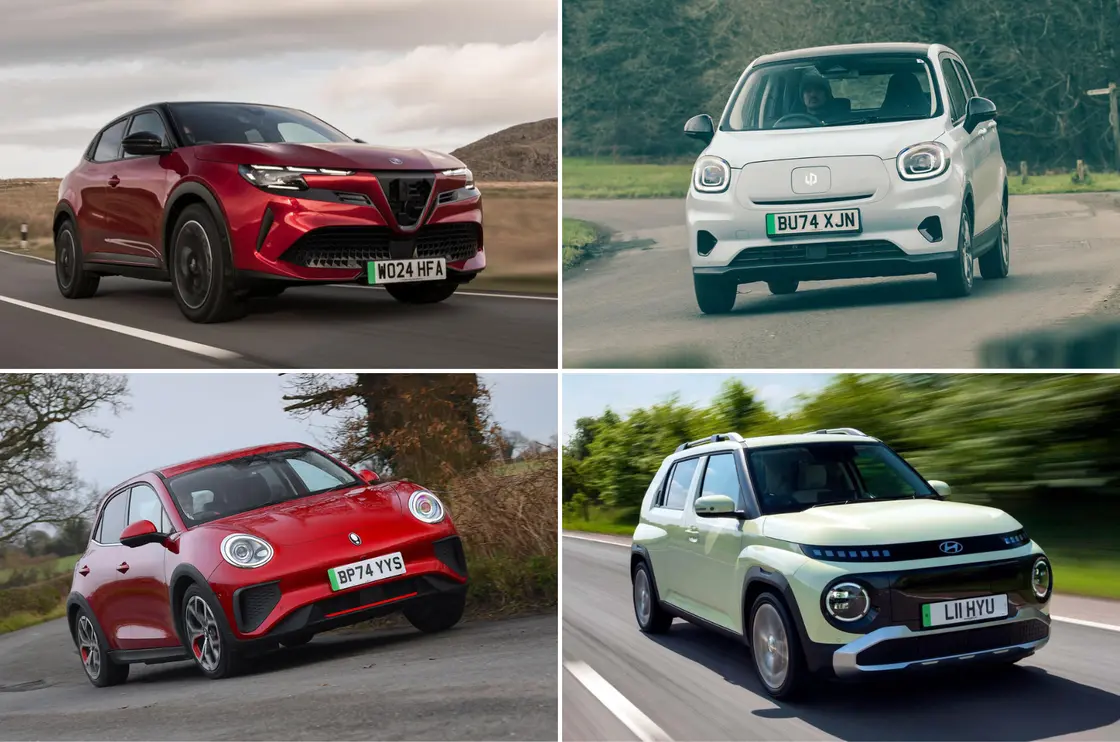
Car makers offer big discounts as UK unveils new EV grant
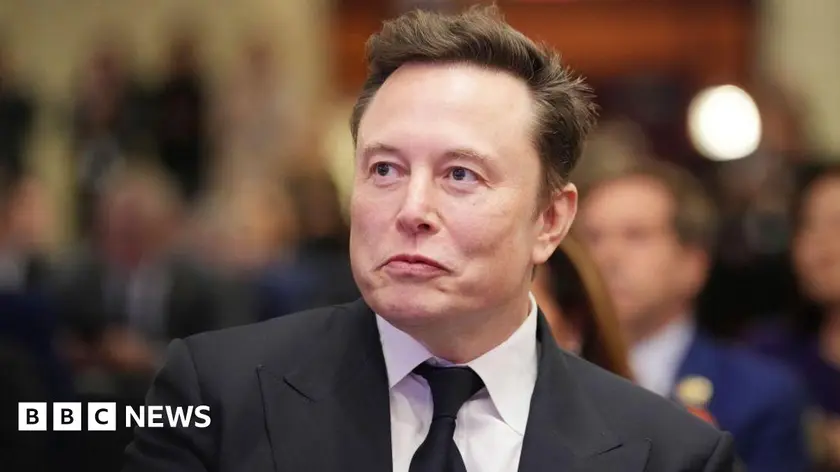
Tesla seeks power supply licence in Britain
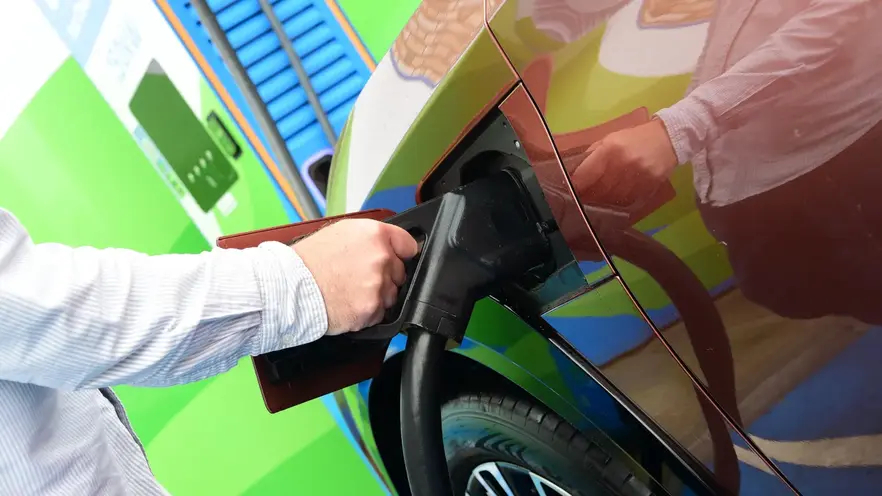
Government launches new electric car grant
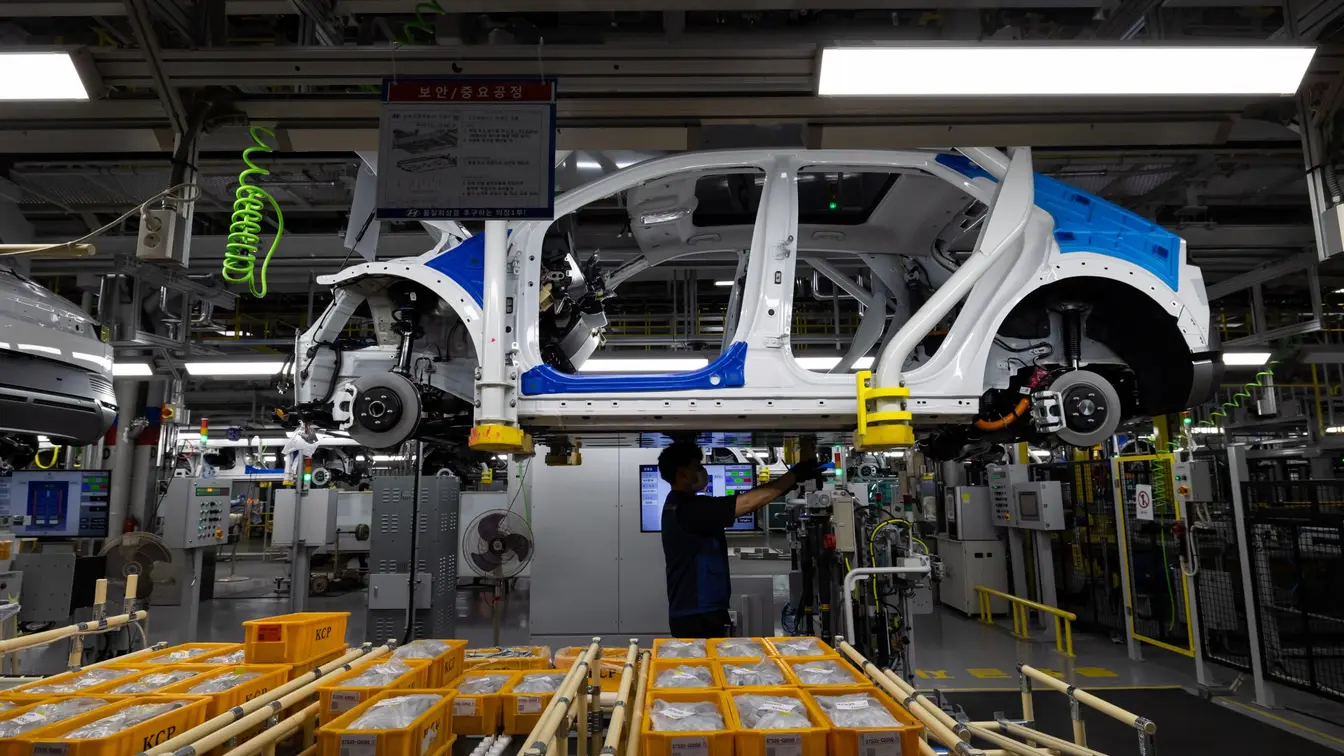
Leapmotor unveils Britain's cheapest electric vehicle

Disabled drivers may miss out on electric car discounts
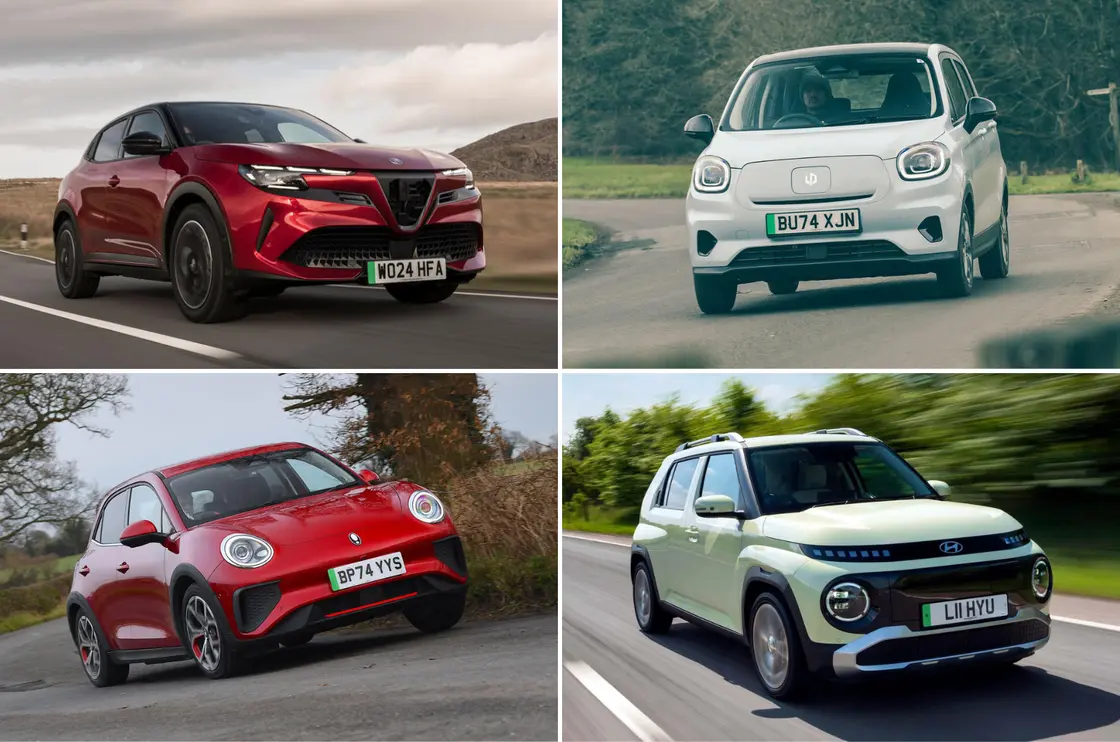
Fiat discounts electric cars as Electric Car Grant nears launch
